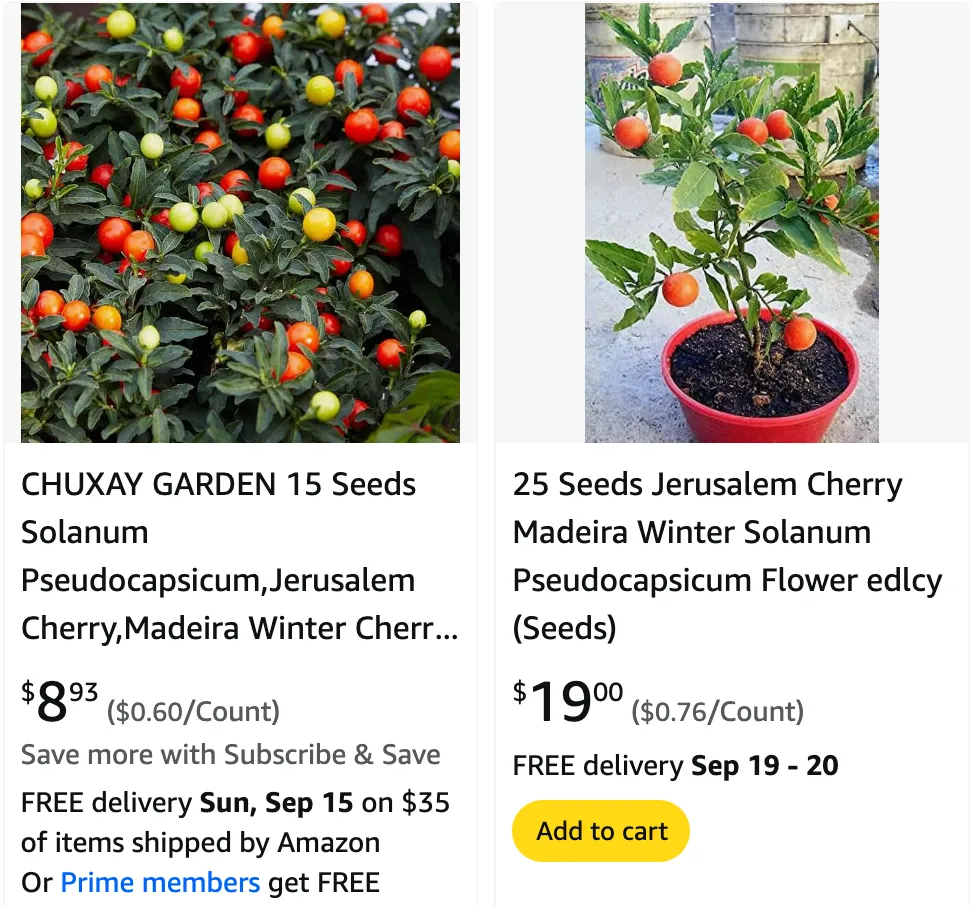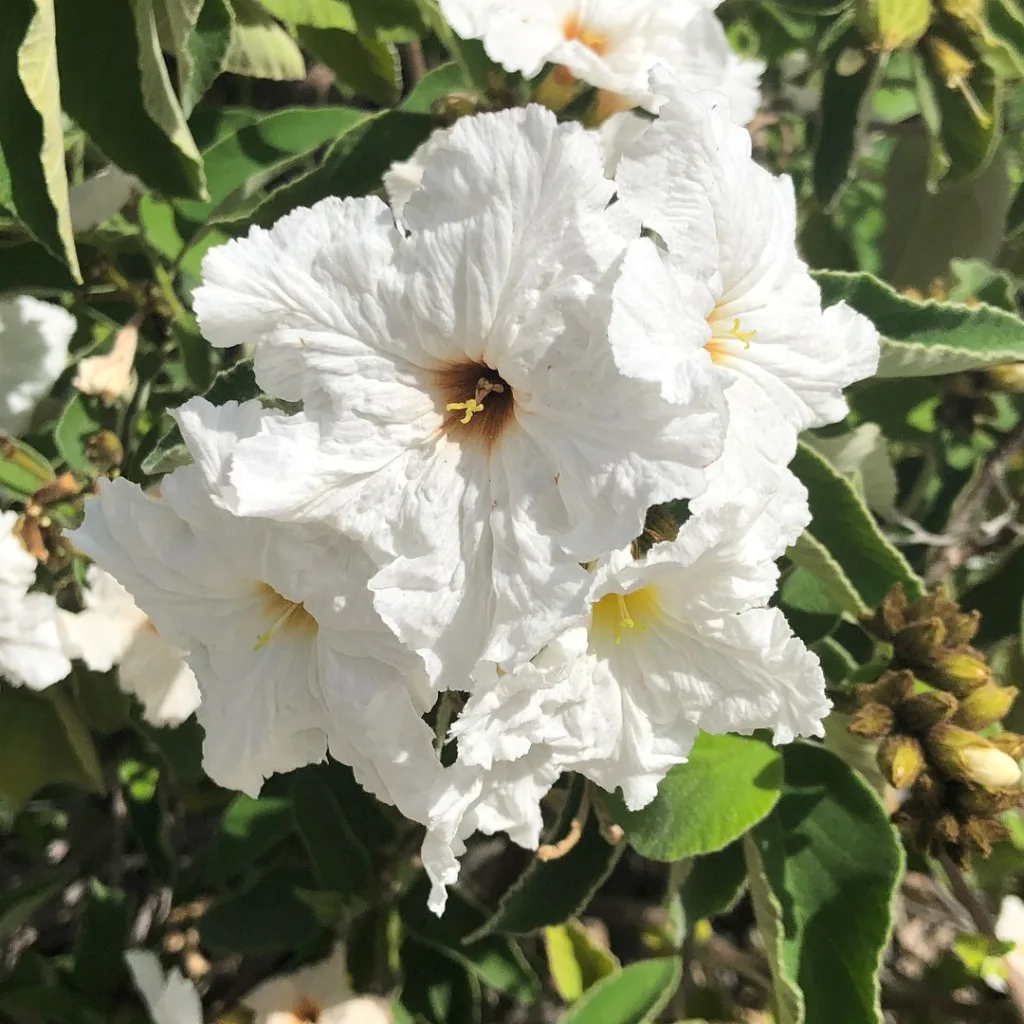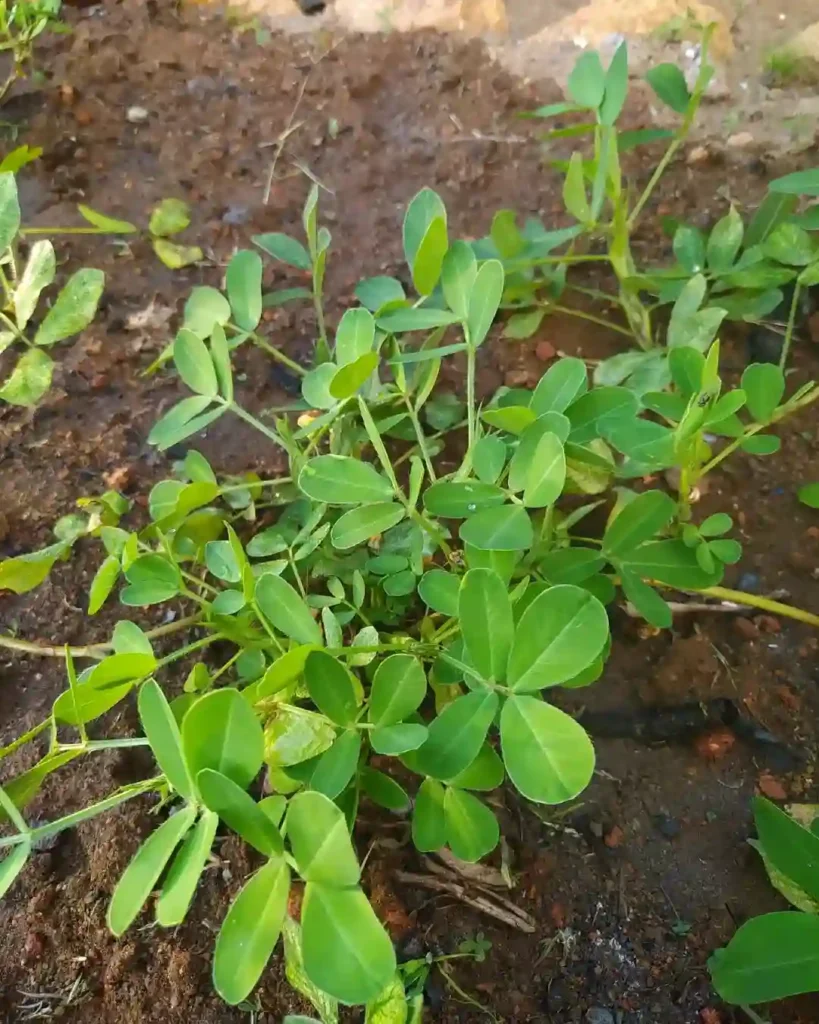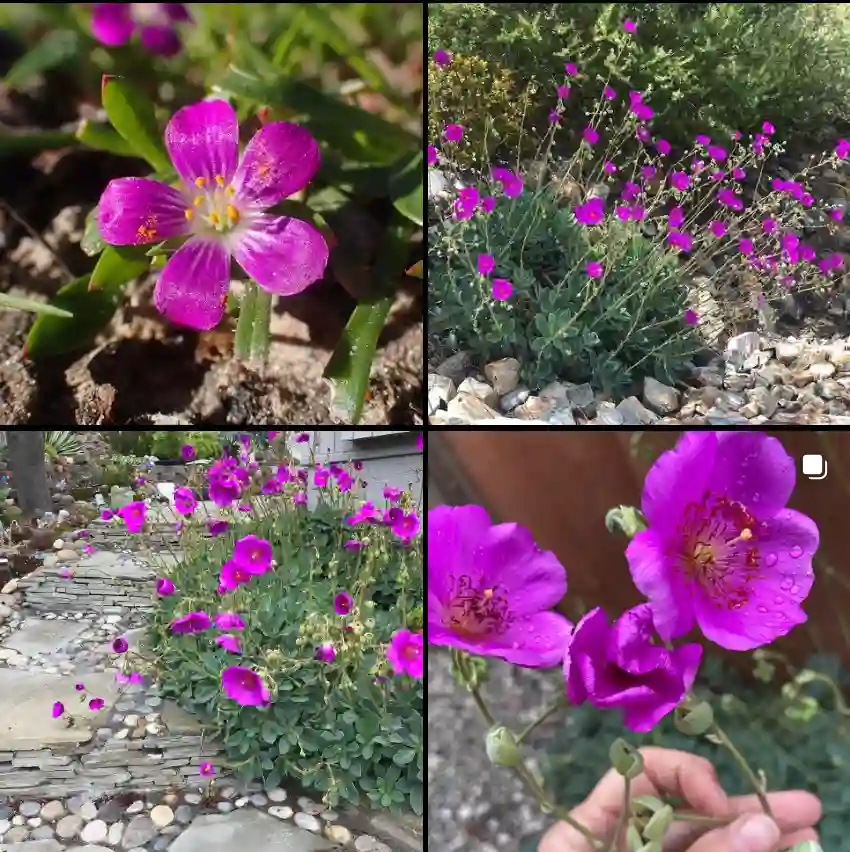
FAQs About Solanum Pseudocapsicum: A Complete Guide
Solanum Pseudocapsicum, commonly known as the Jerusalem Cherry, is an intriguing plant that often sparks a lot of curiosity. Over the years, I’ve received many questions about this plant, from care tips to safety concerns. Let’s dive into the most frequently asked questions and unravel the essentials of growing and maintaining this unique plant.
1238 Species in Genus Solanum
What is Solanum Pseudocapsicum?
Solanum Pseudocapsicum is an ornamental plant that belongs to the nightshade family. It is often grown for its attractive appearance, especially during the colder months, when it produces small, round, cherry-like fruits. These fruits are initially green, but they ripen to a vibrant orange or red, adding a festive look to any indoor space. However, it’s important to note that while the fruits look edible, they are toxic.
How to Care for Solanum Pseudocapsicum?
Caring for Solanum Pseudocapsicum is relatively easy once you understand its needs. This plant thrives in bright, indirect light. Too much direct sunlight can scorch its leaves, but without sufficient light, it won’t produce its signature colorful fruits.
Watering is crucial. I’ve found that the soil should remain slightly moist but never soggy. I typically water mine once the top inch of soil dries out. Overwatering can lead to root rot, while underwatering might cause the plant to wilt and drop its leaves. A well-draining potting mix is ideal.
Temperature-wise, this plant prefers cooler environments. A temperature range between 50°F and 70°F works best. If the temperature drops too low or rises too high, you may notice a decline in fruit production or overall plant health. Regular misting helps keep the humidity levels high, which the plant appreciates, especially in dry indoor climates.
How to Propagate Solanum Pseudocapsicum?
Solanum Pseudocapsicum can be propagated through seeds or stem cuttings. I personally prefer propagating through seeds, as they germinate quite readily. Simply collect the seeds from the mature fruit, dry them out, and sow them in a pot with well-draining soil. Keep the soil moist and in a warm spot, and you should see germination within a couple of weeks.
If you opt for stem cuttings, take a healthy, non-flowering stem and place it in water or directly into moist soil. Keep it in a warm, bright spot, and within a few weeks, the cutting should develop roots.
What to Plant With Solanum Pseudocapsicum?
Pairing Solanum Pseudocapsicum with other plants can create an appealing display. Since this plant likes cooler temperatures and indirect light, I’ve found it pairs well with other foliage plants like Pothos or Ferns. These plants thrive under similar conditions, and their different textures complement the shiny leaves and colorful berries of Solanum Pseudocapsicum.
You could also pair it with flowering plants like Begonias, which prefer indirect light and can add a splash of color. Just be mindful of the watering needs of companion plants, as you don’t want to overwater or underwater any of your selections.
Is Solanum Pseudocapsicum Toxic?
Yes, Solanum Pseudocapsicum is toxic. All parts of the plant, including the berries, contain solanine, a poisonous compound found in many nightshades. While the berries might look tempting, they should never be ingested, as they can cause symptoms like nausea, vomiting, and diarrhea. This is particularly important to note if you have pets or small children around. Always place the plant out of reach, and if you suspect any accidental ingestion, seek medical help immediately.
Common Problems with Solanum Pseudocapsicum
Like any plant, Solanum Pseudocapsicum has its share of issues. The most common problem I’ve encountered is yellowing leaves, which is often a sign of overwatering. Root rot can develop quickly in waterlogged soil, so it’s vital to ensure your pot has proper drainage.
Pest infestations can also be a concern. Aphids and whiteflies seem particularly attracted to this plant. I keep an eye out for any signs of pests and regularly wipe down the leaves or use a mild insecticidal soap to keep them at bay.
Additionally, fruit drop can occur if the plant experiences sudden changes in temperature or if it’s not receiving adequate light. Keeping conditions stable and providing sufficient light can help prevent this.
How Does Solanum Pseudocapsicum Compare to Similar Plants?
Solanum Pseudocapsicum is often confused with its close relative, Solanum Capsicastrum, also known as the False Jerusalem Cherry. While both plants look similar, Solanum Capsicastrum typically has slightly larger fruits, and its overall growth is more compact. Both plants are toxic, and their care requirements are almost identical, but knowing the subtle differences helps avoid confusion when shopping for or caring for them.
I’ve also been asked if this plant is related to edible nightshades like tomatoes and peppers. While it’s part of the same family, the fruits of Solanum Pseudocapsicum are not safe to eat, unlike those of tomatoes or peppers, which are cultivated specifically for consumption.
Benefits of Growing Solanum Pseudocapsicum
While the plant is toxic, there are several benefits to growing Solanum Pseudocapsicum. First, it’s a beautiful ornamental plant, perfect for adding color to your indoor garden during the winter months. The glossy leaves and bright fruits create a striking contrast, making it a favorite in holiday displays.
In addition, its easy-care nature makes it ideal for novice gardeners or those who don’t have the time for high-maintenance plants. As long as you keep it in the right light and water it correctly, Solanum Pseudocapsicum will reward you with healthy growth and beautiful berries.
Final Thoughts
Solanum Pseudocapsicum is a lovely, low-maintenance plant that adds a pop of color to any space. With proper care, it thrives, offering shiny leaves and vibrant fruits that brighten up the winter months. Just keep in mind its toxicity, especially around pets and children.
If i die, water my plants!



